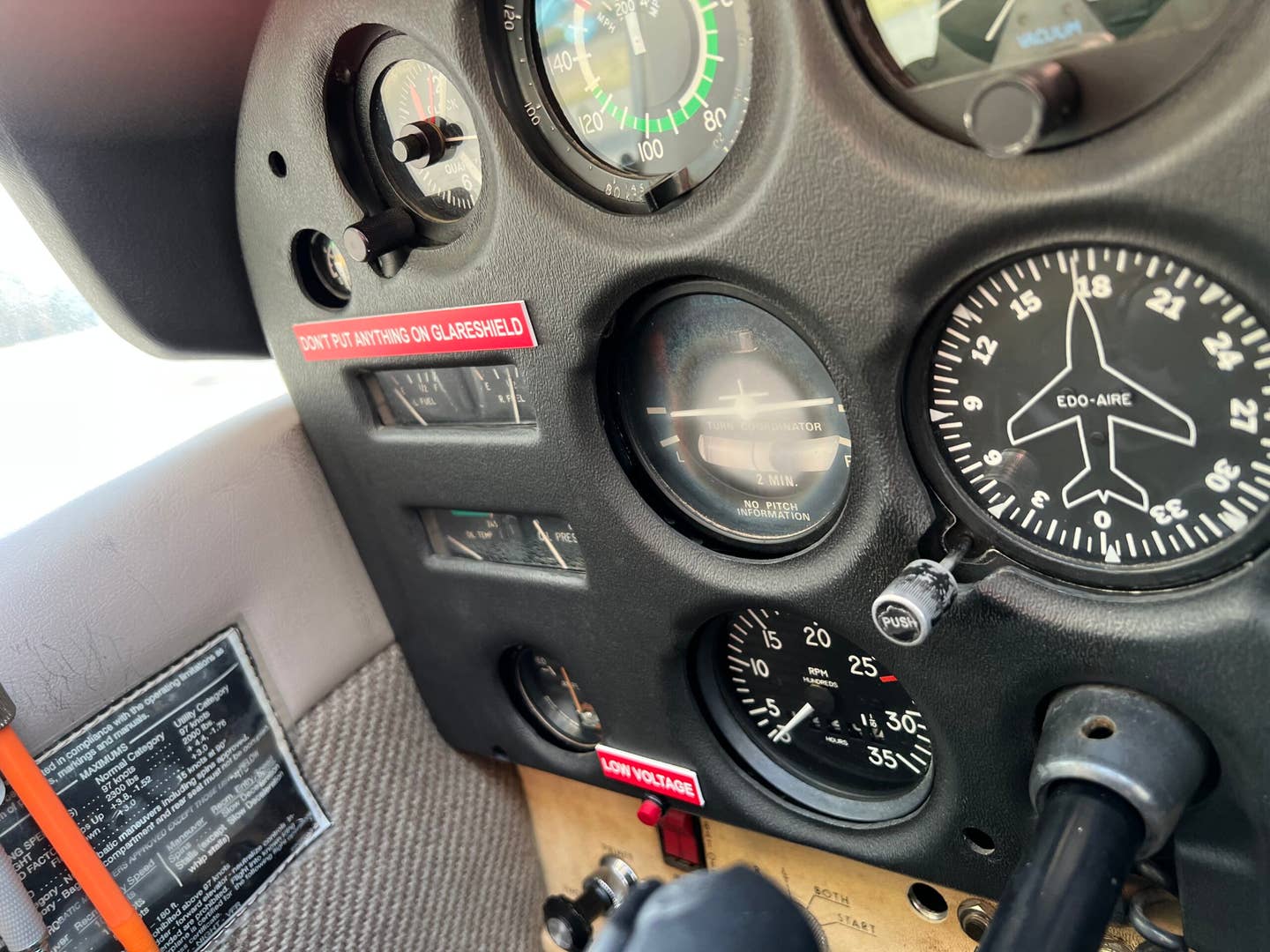
Rescue crews of two airplanes, one a military Hercules, the other a Cessna 172 Skyhawk, went on a search for a downed airplane near Regina, Saskatchewan, Canada last week that is sure to stay in their memories for a while and will also serve as a good lesson in ELT operations. The airplanes were dispatched by the Joint Rescue Coordination Center in Trenton, Ontario in response to an emergency locator transmitter signal, according to Frank Schuurmans, the president of Civil Air Search and Rescue Association (CASARA) of Saskatchewan.
Schuurmans, who also piloted the Skyhawk during this mission, said he and his crew homed in on the ELT while in flight, but decided to opt for ground homing after the signal appeared to be moving. He said they were even more surprised to find a very strong signal in the hangar at the Regina Flying Club where the Skyhawk is based. As the flying club’s general manager Tom Ray passed by, the signal became even stronger. It turns out that Ray was carrying a package that he had just received from a courier. The package was addressed to the avionics shop in the back of the hangar.
The box contained an older ELT, one that does not have an on/off switch and would require the battery to be removed to prevent it from going off. Apparently the owner of the ELT had failed to remove the battery prior to shipping the unit and the roughness of the transport set off the emergency transmission. While the mistake may appear minor, the results were costly for Canadian taxpayers. According to Schuurmans, the Hercules spent 30 minutes in flight (it departed from Winnipeg but turned around prior to reaching Regina when the source of the ELT signal was found) and the Cessna spent 45 minutes searching for the source of the signal.
While this story had a happy if not comical ending, this incident should serve as a blaring reminder to fully disarm your ELT prior to shipping it. And if the ELT has no off switch, make sure that the battery is removed.
Shipping isn’t the only scenario that could set off a false alarm to rescue crews. A hard landing could also set off an armed ELT. It’s worth getting into the habit of verifying that the ELT is not transmitting after each flight. All you need to do is to dial in 121.5 and listen for the emergency signal. You can also use the frequency to test the functionality of your ELT during the first five minutes of each hour by activating the ELT for a short period of time – no more than “three audible sweeps” according to AIM 6-2-5. For the new 406 MHz ELTs, you need to check the manufacturer’s recommendation for ELT testing, but generally you can also test those ELTs on the 121.5 frequency.
ELT transmissions will set off an emergency response, often by volunteer rescue crews from organizations such as CASARA north of the border or the Civil Air Patrol in the U.S. These volunteers save lives, but we don’t want to abuse their services by not paying attention. Fortunately, in this case, Schuurmans didn’t mind the false alarm too much. “We’re effective here,” he said. “The ELTs come to us.”

Sign-up for newsletters & special offers!
Get the latest FLYING stories & special offers delivered directly to your inbox






